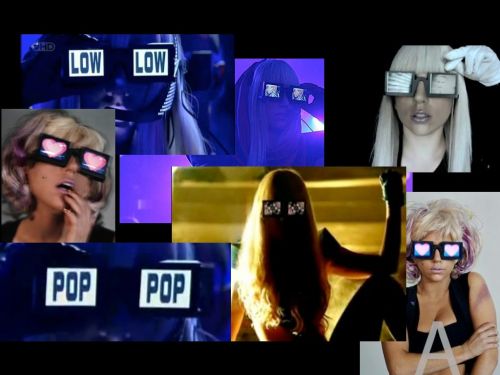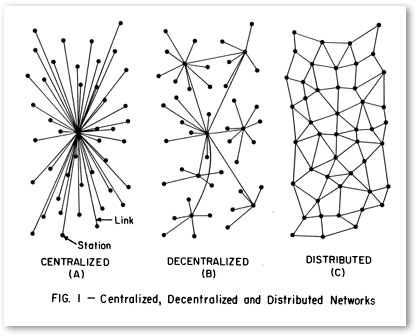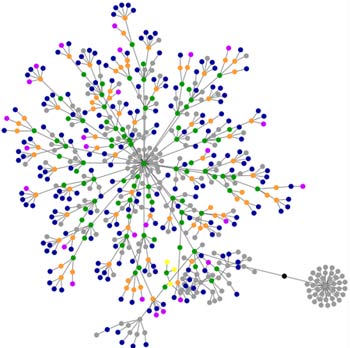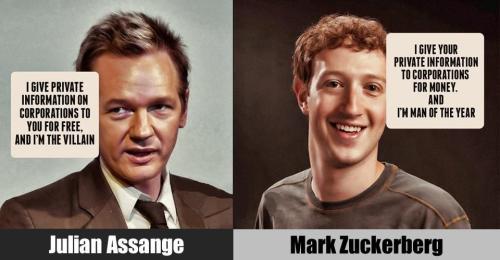
A while back, I posted the CFP for a conference on “The Nonhuman Turn in 21st Century Studies” to be held at the Center for 21st Century Studies at the University of Wisconsin-Milwaukee, May 3-5, 2012 (the original announcement is here). The lineup of invited speakers, in case you haven’t seen it, is very impressive:
Jane Bennett (Political Science, Johns Hopkins)
Ian Bogost (Literature, Communication, Culture, Georgia Tech)
Wendy Chun (Media and Modern Culture, Brown)
Mark Hansen (Literature, Duke)
Erin Manning (Philosophy/Dance, Concordia University, Montreal)
Brian Massumi (Philosophy, University of Montreal)
Tim Morton (English, UC-Davis)
Steven Shaviro (English, Wayne State)
In addition to these speakers, there will also be several breakout sessions at the conference. And, as luck would have it, I will be presenting in one of them, as the paper I proposed on Lady Gaga and the role of nonhuman agency in twenty-first century celebrity has been accepted by the conference organizers! I am honored and excited to have the chance to speak in such distinguished company, and I very much look forward to the conference. In the meantime, here is the abstract for my talk:
Object-Oriented Gaga: Theorizing the Nonhuman Mediation of Twenty-First Century Celebrity
Shane Denson, Leibniz Universität Hannover
In this paper, I wish to explore (from a primarily media-theoretical perspective) how concepts of nonhuman agency and the distribution of human agency across networks of nonhuman objects contribute to, and help illuminate, an ongoing redefinition of celebrity personae in twenty-first century popular culture. As my central case study, I propose looking at Lady Gaga as a “serial figure”—as a persona that, not unlike figures such as Batman, Frankenstein, Dracula, or Tarzan, is serially instantiated across a variety of media, repeatedly restaged and remixed through an interplay of repetition and variation, thus embodying seriality as a plurimedial interface between trajectories of continuity and discontinuity. As with classic serial figures, whose liminal, double, or secret identities broker traffic between disparate—diegetic and extradiegetic, i.e. medial—times and spaces, so too does Lady Gaga articulate together various media (music, video, fashion, social media) and various sociocultural spheres, values, and identifications (mainstream, alternative, kitsch, pop/art, straight, queer). In this sense, Gaga may be seen to follow in the line of Elvis, David Bowie, and Madonna, among others. Setting these stars in relation to iconic fictional characters shaped by their many transitions between literature, film, radio, television, and digital media promises to shed light on the changing medial contours of contemporary popularity—especially when we consider the formal properties that enable serial figures’ longevity and flexibility: above all, their firm iconic grounding in networks of nonhuman objects (capes, masks, fangs, neckbolts, etc.) and their ontological vacillations between the human and the nonhuman (the animal, the technical, or the monstrous). Serial figures define a nexus of seriality and mediality, and by straddling the divide between medial “inside” and “outside” (e.g. between diegesis and framing medium, fiction and the “real world”), they are able to track media transformations over time and offer up images of the interconnected processes of medial and cultural change. This ability is grounded, then, in the inherent “queerness” of serial figures—the queer duplicity of their diegetic identities, of their extra- and intermedial proliferations, and of the networks of objects that define them. Lady Gaga transforms this queerness from a medial condition into an explicit ideology, one which sits uneasily between the mainstream and the exceptional, and she does so on the basis of a network of queer nonhuman objects—disco sticks, disco gloves, iPod LCD glasses, etc.—that alternate between (anthropocentrically defined) functionality and a sheer ornamentality of the object, in the process destabilizing the agency of the individual star and dispersing it amongst a network of nonhuman agencies. As an object-oriented serial figure, I propose, Lady Gaga may be an image of our contemporary convergence culture itself.



